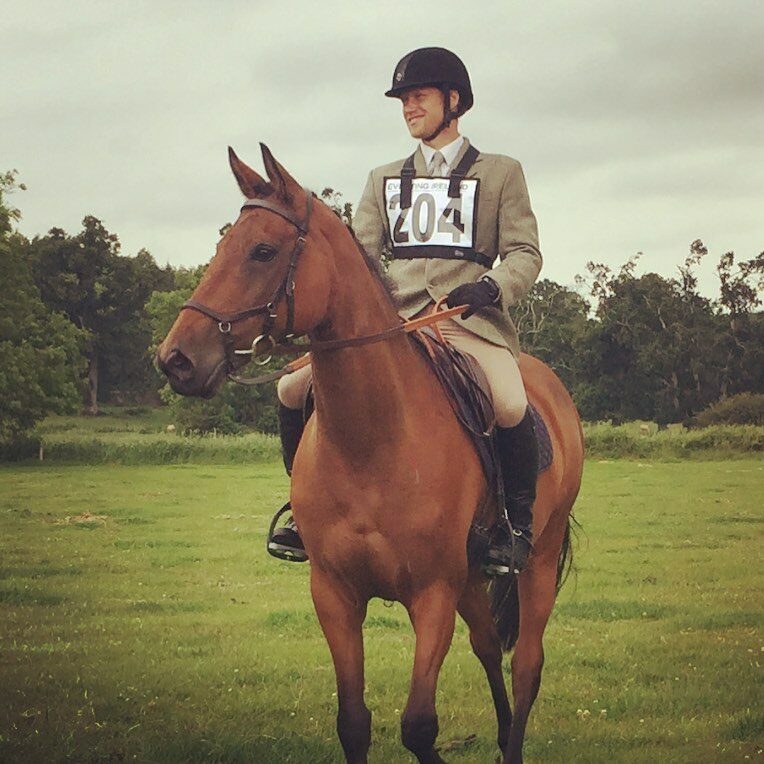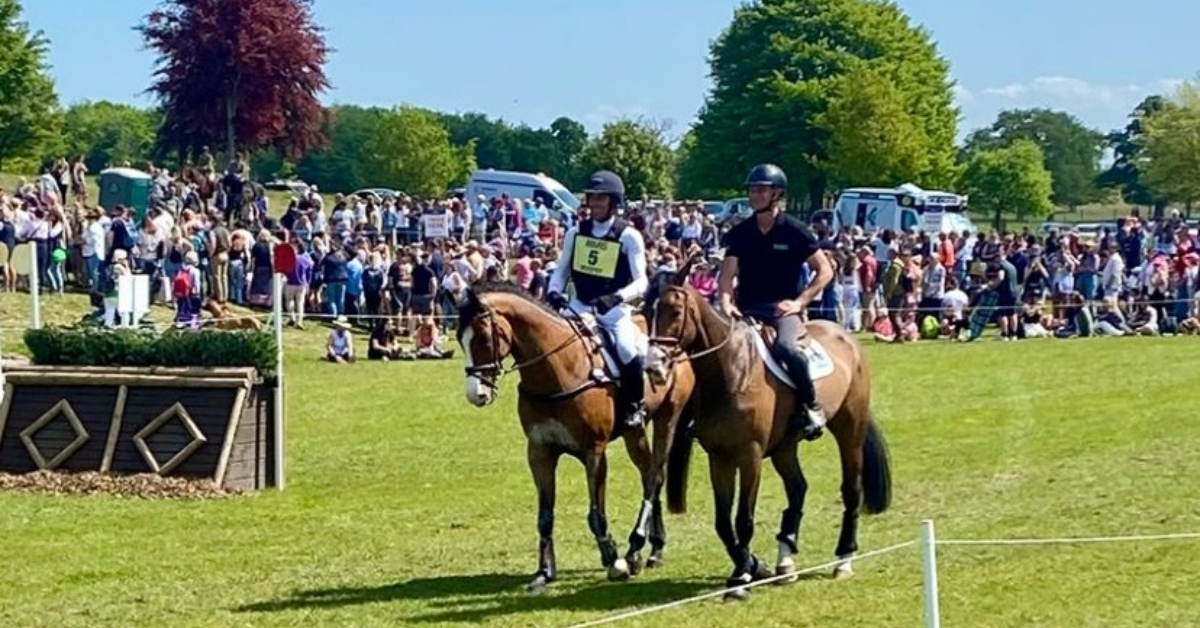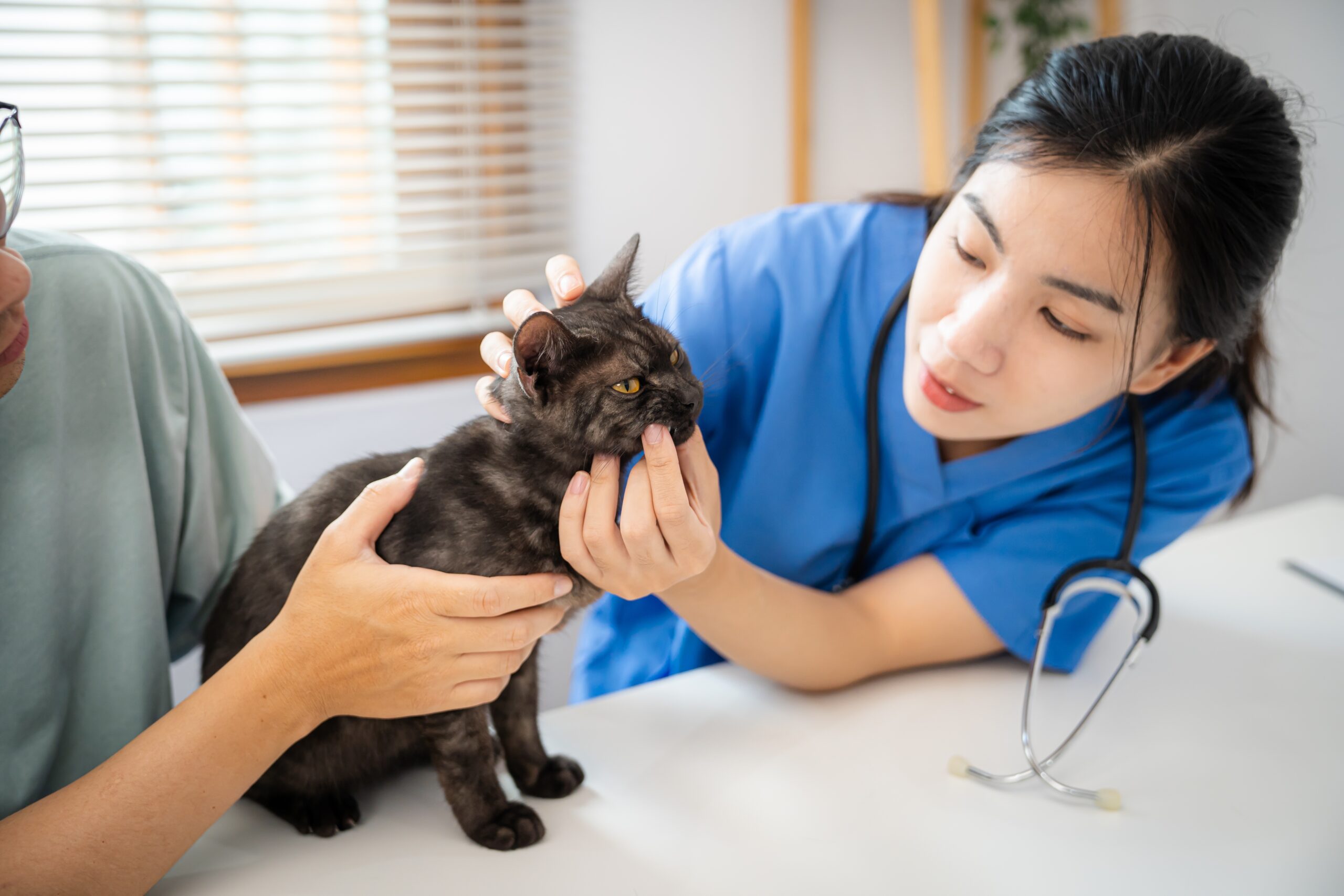In the last article, we looked at the importance of digging down into the scale of training to get a clear sense of the core meaning. As stated in the previous article the English translations of the original German are often lacking in content and clarity. In this article we are going to look at “Suppleness” however as always the direct translation from German proves to be limiting. The term used in German is “Losgelassenhiet” which means so much more than the translation both from a linguistic standpoint and an understanding horses standpoint. From the linguistic standpoint it translates both as “Suppleness” and “detachment”. From understanding the horse perspective you need to expand the term to include looseness, movability, freedom, engaged relaxation and engaged tension.
Engaged muscular relaxation and tension
The physiology of exercise in humans, horses and other animals is extremely similar. One of the key ideals for optimal muscle action is the balance between the agonistic pairs. When you flex your biceps your triceps are pulled into relaxation and vice-versa. The musculature of the horse works in exactly the same way. We often hear trainers and coaches extolling the importance of a strong topline. However, this is only possible with the support of the underside muscles. Strong back muscles are only as strong as their corresponding core muscles. To get the horse moving in the optimal way of going it is essential to co-ordinate the correct movement patterns. There are a great many training systems both for ridden work and lunge work that claim to optimise correct muscular development. Most of these are chiefly centred around the bit and the horse’s mouth. This flies in the face of true “training” of the horse which comes from the hind legs to the bit and not the reverse. Awareness of hind leg activity and specifically equal action from the two hind legs is central to optimal and natural movement patterns.
Looseness, movability and freedom
In the last article, we looked at the difference between leg movers and body movers. If a horse is a leg mover rather than a body mover it is unlikely they will have the necessary freedom and regularity to score well in dressage or jump clean and clear. Developing the freedom of movement while maintaining co-ordinated movement is a bit like juggling, no sooner than you have one ball in the air you need to catch and throw the next. However just like jugging the timing of the release and the catch is critical to success. With a well practiced process creating good habits of the horse moving freely and loose is the foundation of any quality training system. The late world renowned horse trainer Dr. Rainer Kilmke’s approach was to start every session on “loose reins” a practice which for many is going extinct. His attitude was that every horse must move in his natural free movement pattern first and our job as the rider was to add to this rather than stifle it. In the last article we looked at the importance of the central pattern generators. These are very easily disrupted with restrictive contact in either the reins, seat or leg. In the next article, we will be looking more deeply at “contact”.
Mental relaxation
Probably the most undervalued facets of “suppleness” is mental relaxation. When you look back at the classical masters there is a common thread running through most philosophies and that is patience and time so the horse does not become confused. Confusion is one of the biggest predictors of problem behaviours. One of the old French school’s most important precepts is “mains sans les jambes et jambes sans les mains” (Hands without legs and legs without hands). We now know through research that the simultaneous application of two stimuli cause one to be overshadowed by the other. However, in cases where two opposing signals are applied the incidence of frustration behaviour is massively increased. This is totally incongruous with mental relaxation. When horses are presented with consistent clear signals they can then truly buy into what the rider is selling.
By looking more deeply into the scale of training and understanding the concepts therein we can truly ensure training stands up to the ethical requirements to maintain our social licence. Particularly looking at mental and physical well being we not only have to do our best but we have to be seen by the non-equine public to have the horse’s best interests at heart. At the end of the day, we have to hold to the FEI definition of “the happy athlete”. In the next article we will examine the true meaning of “contact”


Share
Your subscription is 100% Free for our first year, No credit card details required.

The Judging Concerns That Keep Coming Back — And Why They Can’t Be Ignored Anymore We didn’t make it to

There are few sporting events that live up to the hype. Wimbledon? Too many strawberries. Cheltenham? Too many suits. But

British Veterinary Association publishes full response to Competition and Markets Authority’s proposed remedies for veterinary market for household pets. The